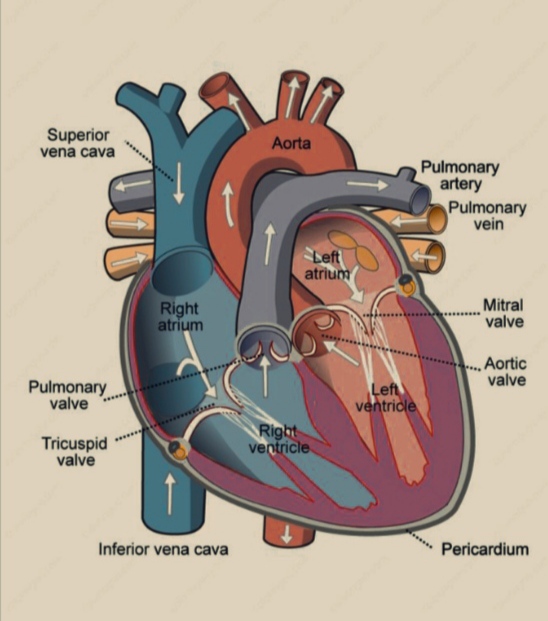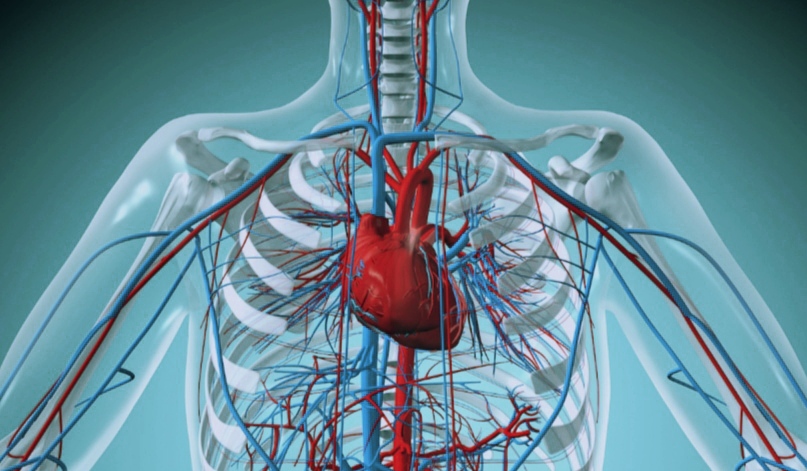Table of Contents
What is Human Heart?
In human and other mammals and in birds, the heart is a four -chambered double pump that is the center of the circulatory systems.

The blood pumped by your heart provides your body with the nutrients and oxygen. The human heart is a muscular organ responsible for circulating blood.
Heart is made up of four chambers two upper chambers knows as the left and right atrium and two lower chambers called left ventricle and right ventricle.
The left atrium receives oxygenated blood from the lungs. And the right atrium receives non oxygenated blood from the body’s largest veins.
The left ventricle pumps oxygen rich blood through the aortic valve to the orta and the right ventricle pumps the blood through the pulmonary valve to the lungs.
Function of Human Heart
The heart’s primary function is to pump blood throughout the body, it supplies oxygen and nutrients to the tissues and removes carbon dioxide and waste from the blood. This replenishes oxygen and circulates nutrients among the cells and tissues.
The main function of human heart are following:
- Pumping oxygenated blood to the other body organs.
- Maintaining blood pressure.
- Receives Deoxygenated blood and pumps it to the lungs for oxygenation.
- Pumping nutrients and other vital substances to different organ.
Types of Circulation
The human heart circulates blood mainly in two ways:
- Pulmonary circulation.
- Systemic circulation
1. Pulmonary Circulation
pulmonary circulation moves blood between the heart and lungs. In the pulmonary circuit, Deoxygenated blood leaves the right ventricle of the heart via the pulmonary artery and travels to the lungs.
The pulmonary circulation is the part of circulatory system in all vertebrates. Pulmonary circuit moves blood between the heart and lungs.
pulmonary circulation is the the system of transportation that shunt deoxygenated blood from the heart to the lungs.
2. Systemic Circulation
In the Systemic circuit, oxygenated blood leaves the heart and travels through the left ventricle. The systemic circulation provides the functional blood supply to all body tissue.
Systemic circulation is the portion of the cardiovascular system which carries oxygenated blood away from the heart.
Systemic circulation is the part of circulation or circulatory system that carries blood between the heart and body.
Position of Heart in Human Body

The human heart is located in the front of chest. It sits slightly behind and to the left of your sternum.
Your heart is located between your lungs in the middle of your chest. The heart is responsible for pumping blood through the body.
Heart Rate
A healthy adult has a 60 to 80 beats per minute resting heart rate (pulse) which is a SA node depolarization rate.
Your heart rate is the number of times each minute that your heart beats.normal heart rate varies from person to person.
